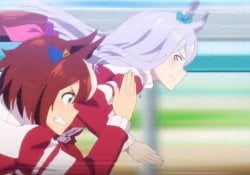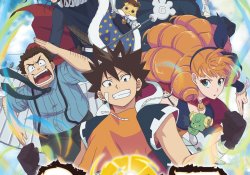Have you ever heard of the martial art called kendo? This is a modern Japanese martial art, which has been improved from traditional sword fighting techniques, including techniques used by samurai in the feudal period. Furthermore, this was the fighting technique that inspired the fighting style of the Jedi in the Star Wars saga.
In addition to being practiced in modern Japan, kendo practitioners can be found in other parts of the world, such as Brazil, the United States, South Korea and European countries. If we are to translate the word “kendo” literally, we arrive at the meaning “way of the sword”.
This martial art goes far beyond learning combat techniques, it seeks to improve the practitioner's character, shaping his spirit, body and mind through the principles of the katana (sword).
Índice de Conteúdo
Origin of Kendo
Kendo is a practice formed in the late 19th century, a time when Japanese samurai were becoming a non-existent class, due to the modernization process that Japan went through. During this process, kendo emerged as a possibility to keep the art of the sword alive and pass it on to the next generations, based on some styles of Kenjutsu (samurai philosophy of life).
The idea of transmitting the martial art made his training change a little, to make it safer and more educational. In this way, some elements were introduced to this practice, such as the use of protective armor during training (bogu) and a saber made of bamboo (shinai), for example. Thus, Kendo was widely taught, but had an interruption due to the Second World War, a period in which the martial arts practice was banned in Japan.
Seven years later, a committee was formed to revitalize the practice, turning it into a sport and introducing it into the program of Japanese physical education. This gave rise to what we call "modern kendo," which has a strong resemblance to Western fencing and little influence from Kenjutsu. Thus, in 1952 and in 1970, the Japanese Kendo Federation and the International Kendo Federation were created, which would be responsible for the practice internationally.
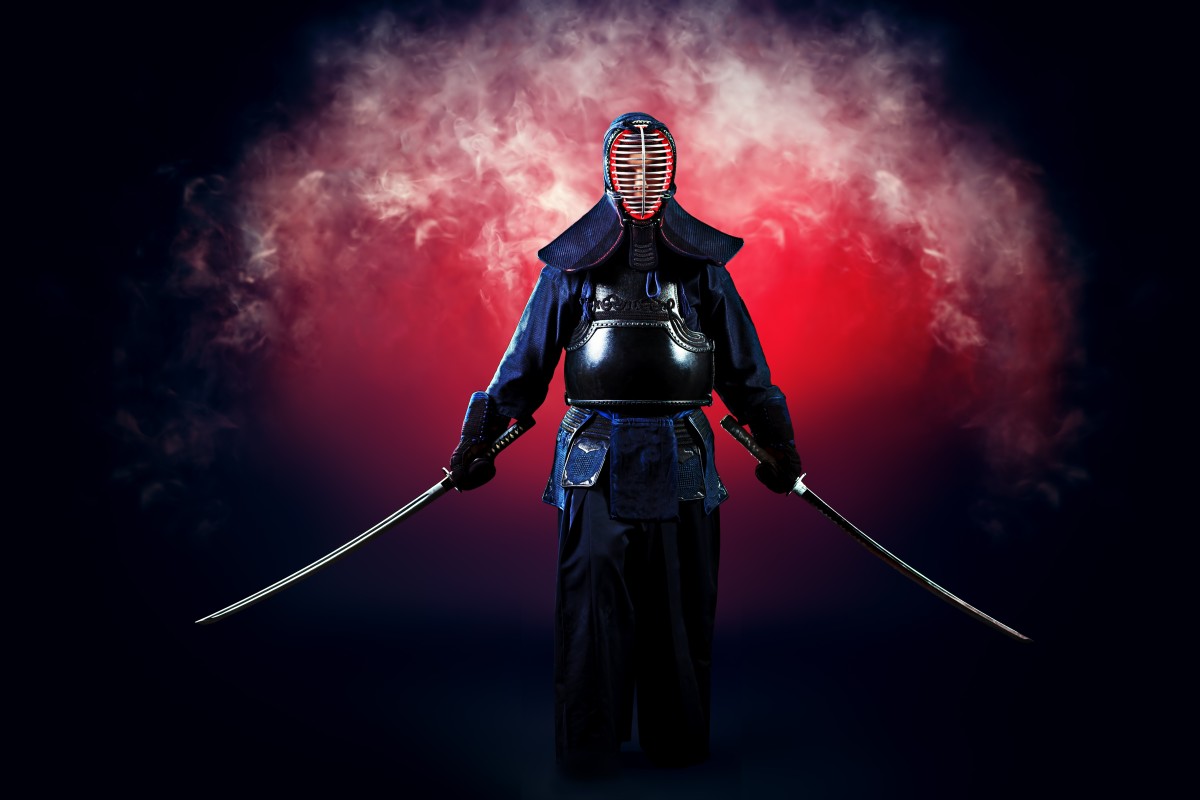
How is kendo practiced?
Both in academies and in federations and the Brazilian Confederation can promote official competitions, only needing the presence of a federated member and also the authorization of the Sensei of the team. In this way the competitions are organized in two categories: the individual categories and the categories in teams of five fighters each, subdivided by ranks. In addition, some rules are essential for the practice of this sport. See the main ones:
Kendo's Main Rules
- Matches are best-of-three and last between three and five minutes.
- To win the athlete has to be the first to apply two lethal blows (ippon), having an extension (encho) in sudden death format if tied.
- In combat, the blow is only valid for scoring if it is applied with the right side of the sword (shinai), in addition to considering the technical elements of the movement performed.
- The area where the combat takes place (shiaijo) has a square shape and measures from 9 to 11 meters. The player who steps outside this square or leaves it completely is fouled (hansoku).
- At the beginning of the fight, the fighters receive an identification tape (which can be red or white) that is attached to their backs during the fight. Each ribbon indicates one side of the field to begin combat. In this way, the fighter with the red ribbon starts the fight by positioning himself on the referee's right and the fighter with the white ribbon starts on his left.
- The fight is refereed by three referees: the main referee and two other referees. These three are positioned making a triangle, to be able to follow all angles of the fight. Thus, when two of the three referees signal a lethal hit, then a ippon.
These are the main rules of kendo. Now that you know them, let's talk a little about the main moves used in this fight:

Kendo's Top Scams
In kendo there are four regions that are considered valid for the scoring of strokes. In this way, the blows are defined according to the part of the body that was hit by the opponent's attack. Therefore, these scams are called:
- Of: blow that reaches the opponent's abdomen region;
- Tsuki: this strike is characterized by a thrust to the throat;
- Men: blow applied with the sword to the opponent's head;
- Kote: this blow is delivered to the opponent's forearm.
It is important to remember that kendo scams are very safe. This is due to the numerous protections used, and also to the fact that the saber used is made of bamboo. Such protective equipment includes protectors for hands, head, shoulder, neck, chest, wrists, forearms, and below the waist.
The armor used is also called "men" and usually protects the entire face, throat and shoulder.
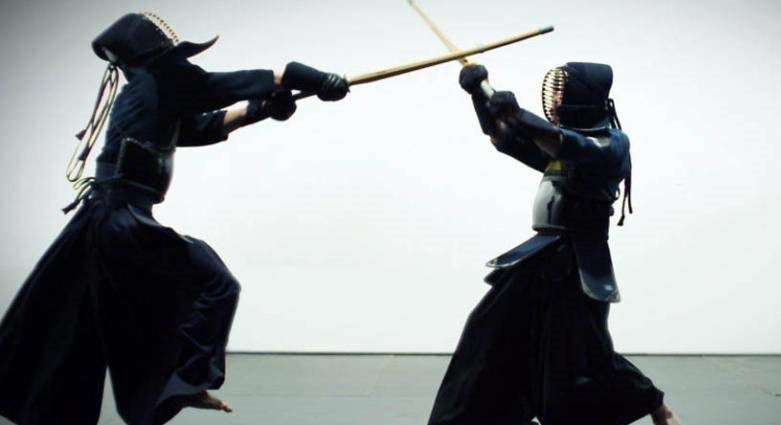
Kendo vs Kenjutsu
Kenjutsu initially emerged as a philosophy of life for Japanese samurai in the feudal period, while kendo had its origin after the Meiji Revolution, being used as a way to preserve this philosophy of war. Furthermore, kendo has only one type of sword, the shinai, while Kenjutsu uses different sword types.
Kenjutsu is not really a style, but rather a term to describe any of the Japanese sword martial arts intended for combat and assassination. Throughout Japanese history, there are hundreds of schools that teach different styles of sword fighting.
Unlike kendo, there is basically no real fighting in kenjutsu which currently mainly consists of memorizing the kata. Kenjutsu was designed to kill, while Kendo is a sport meant for personal improvement.
Kenjutsu is generally much more restrictive and exclusive than kendo. Finding Kenjutsu schools in Japan is quite complicated and usually they don't accept just anyone. While Kendo finds himself even abroad.
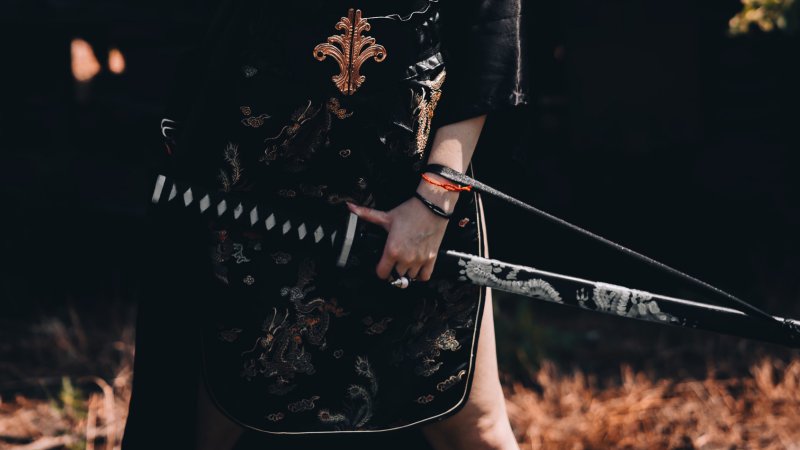
The article is still halfway through, but we recommend also reading:
Kendo manga and anime
Kendo is often seen and portrayed in anime, especially in Bukatsu school clubs, where most schools have a Kendo and other Japanese martial arts team or club.
One of the characters from Accel World fights Kendo and utilizes his acceleration skill to win the fight. Many other anime show Kendo practitioners or fights, but it will not be the focus of this list.
The anime below have Kendo as their focus. Here you will see the daily life of Kento fighters, where they train and compete in tournaments or championships, a fighting spirit and dedication to achieving their goals.
Bamboo Blade
Kojirou-sensei, the rather nonchalant teacher and coach of the school's kendo club, is in financial difficulties. As a result, he makes a bet with his fellow kendo coach and former upper class to see who can assemble and coach the best women's kendo team, with Kojirou's prize being an annual supply of food if he wins.
Motivated by the idea of free food for a year, he starts teaching the club in earnest; however, most of his members have already graduated, he needs to recruit members as well as train them for competition with his rival. In dealing with his eccentric students, he slowly rediscovers why he loves kendo and what it really means to be a teacher.
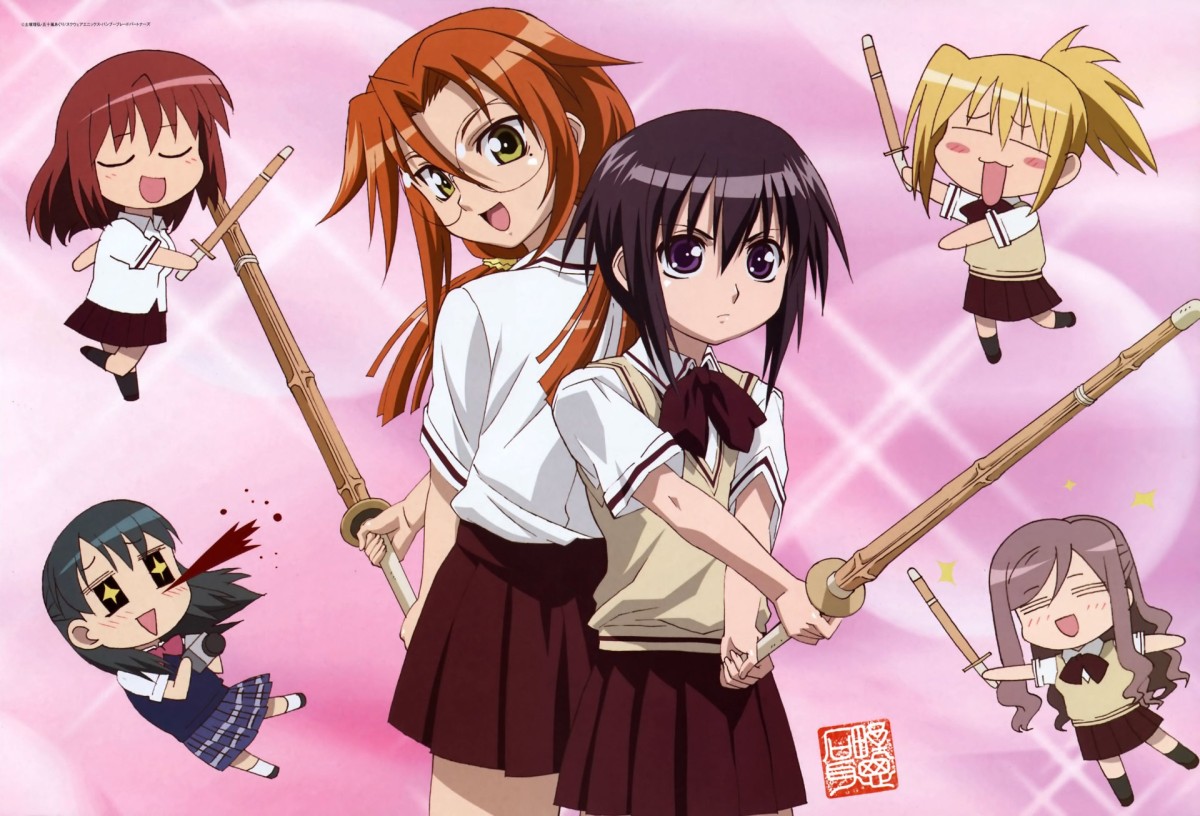
Other Kendo anime
Unfortunately, there are not many anime that focus on Kendo, most of them are very old or not successful. One of the few that I can remember is Bamboo Blade, below I will quote the few that remain:
- Musashi no Ken;
- Ore wa Teppei;
- Kizuna;
- Nazca;
Kendo-focused manga
While it doesn't have many anime adaptations, you might want to check out the Kendo manga below. Remembering that the aforementioned anime also have their manga and will not be listed below.
- Mizutama Honey Boy;
- Sengoku Strays;
- Kurogane;
- Scarlet Empire;
- Shinakoi;
- Yuuhi yo Bobore;
- Cats and Dogs;


